Photographs: Peggy Greb, USDA ARS/Wikimedia Commons Courtesy HealthCareMagic.com
Here's how to drop those extra pounds and maintain your body mass index (BMI).
It's important to implement these tips if you want to get from fat to fit.
1. Set realistic goals
You didn't put on extra weight overnight so it is equally unrealistic to take it off quickly. Set a goal that you can reach in one month, which is four to eight pounds less than you weigh now. It's a target you know you can achieve.
2. Spread your calories around
Photographs: Chris Wetherell from San Francisco, California on Flickr/Wikimedia Commons
Divide your calorie goal by the number of meals (at least three), so that you eat about the same amount of calories at each meal.
If meals are more than 500 calories, save some calories for snacks between meals.
Make sure you eat at least 1,200 calories each day or you will lose muscle.
3. Diet foods not required
Photographs: John White from San Francisco on Flickr/Wikimedia Commons
Eat regular foods rather than the "sugar-free", "lite" or "fat free" versions (except soda beverages and milk) because the calories in these "diet" foods still count towards your total calories each day.
Diet foods are usually not as satisfying or filling, so you may eat more of them.
Drink fat-free or skim milk so you can add some fat at meals. If you only drink one percent milk, then cut added fat in half at meals. If you drink 2 percent (low fat) milk, then don't add any fat to food at meals.
Eat the basic food groups at meals -- lean meat, legumes, dairy, fruits and vegetables. Then add one or two servings of grains or starch to each meal to reach your calorie goal. Include eight ounces of milk and one serving of grains, fruits and vegetables at each meal to provide carbohydrate fuel for your brain and muscles. You need at least 100 grams of carbohydrate each day.
4. Drastic changes not recommended
Photographs: Bill Branson, National Cancer Institute/Wikimedia Commons
The plan you follow to lose weight should be built on the how you eat, now modified by these ten changes.
A weightloss plan should be a plan you can follow for a lifetime, by making small changes in the portion sizes you eat once you reach your goal weight, so that you can maintain a healthy weight.
Try the Healthy Body Calculator to calculate your basal calorie (don't include activity) needs at your current weight and your goal weight. There may be as little as a five calorie increase for each pound of body weight you gain over your goal weight.
5. Portion control
Photographs: Dayanetang/Wikimedia Commons
Control meal portions to a piece of lean meat as big as the back of your hand, from your knuckles to where your wrist bends and as thick as your little finger or about the size of a deck of cards.
Other foods like grains, vegetables and fruits can be portioned to two heaping serving tablespoons or approximately half a cup each per meal.
Measure how many ounces are in your beverage glass or mug so that you pour four or eight ounces portions.
6. Cook it yourself
Photographs: Takeaway/Wikimedia Commons
Bake, broil or steam food rather than frying. Consider cooking from scratch more often, so you know what is in the food you eat.
7. Some fat is okay
Photographs: User:Nillerdk/Wikimedia Commons
Limit added fat to one teaspoon (margarine or mayonnaise or oil) or one tablespoon of salad dressing per meal, if this doesn't exceed your calorie goal.
You can choose to put margarine on your potato or salad dressing on your salad, but not both.
To limit salad dressing and make it go farther, serve your salad dressing on the side of your salad and then dip your fork in the dressing before spearing your salad for each mouthful.
8. Sugar is best avoided
Photographs: Carioca/Wikimedia Commons
You just can't afford the calories. Sugar only contains carbohydrate, so use an artificial sweetener in beverages or drink sugar-free soda in reasonable amounts.
9. Alcohol in moderation
Photographs: Scmtb49/Wikimedia Commons
Alcoholic beverages are just as empty of nutrients as sugar, but your liver processes them like fat. If you drink, limit yourself to one drink per day (12 ounce of beer, or four ounces of wine, or one and a half ounces of distilled liquor) and then only add fat to one meal that day.
10. Have your cake too?
Photographs: Brynn/Wikimedia Commons
Probably not. Desserts are mostly fat and sugar, which will put you over your calorie goal for the day.

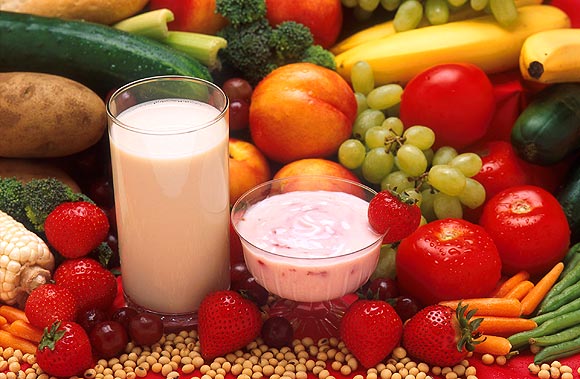

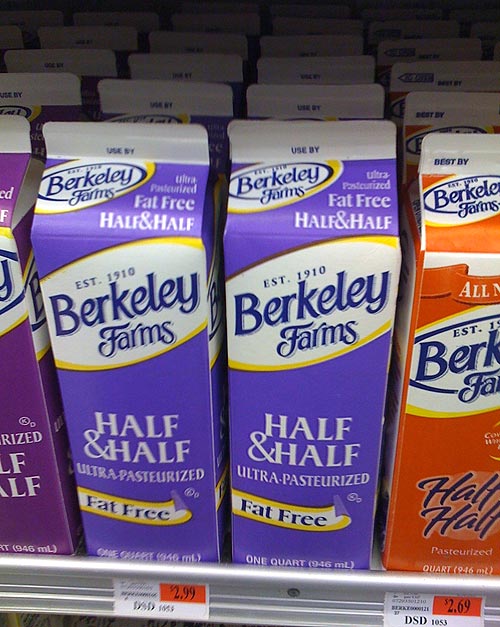

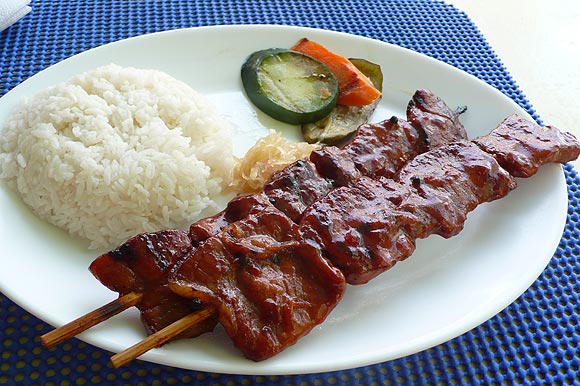
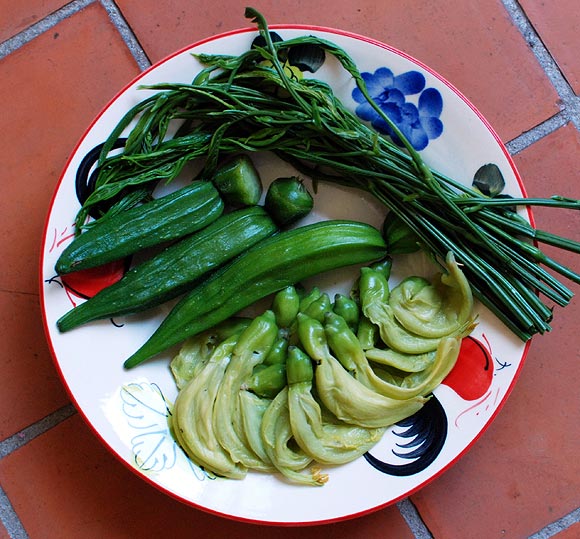



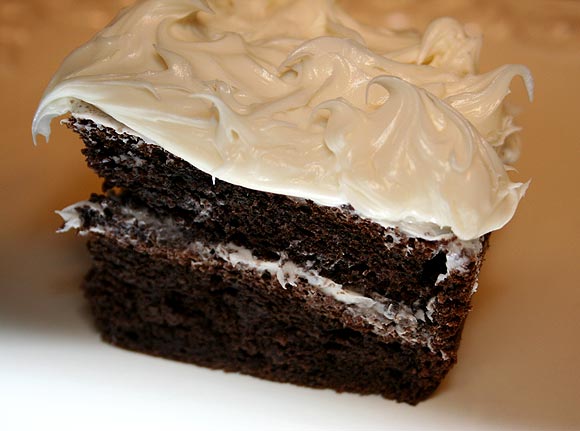
Comment
article